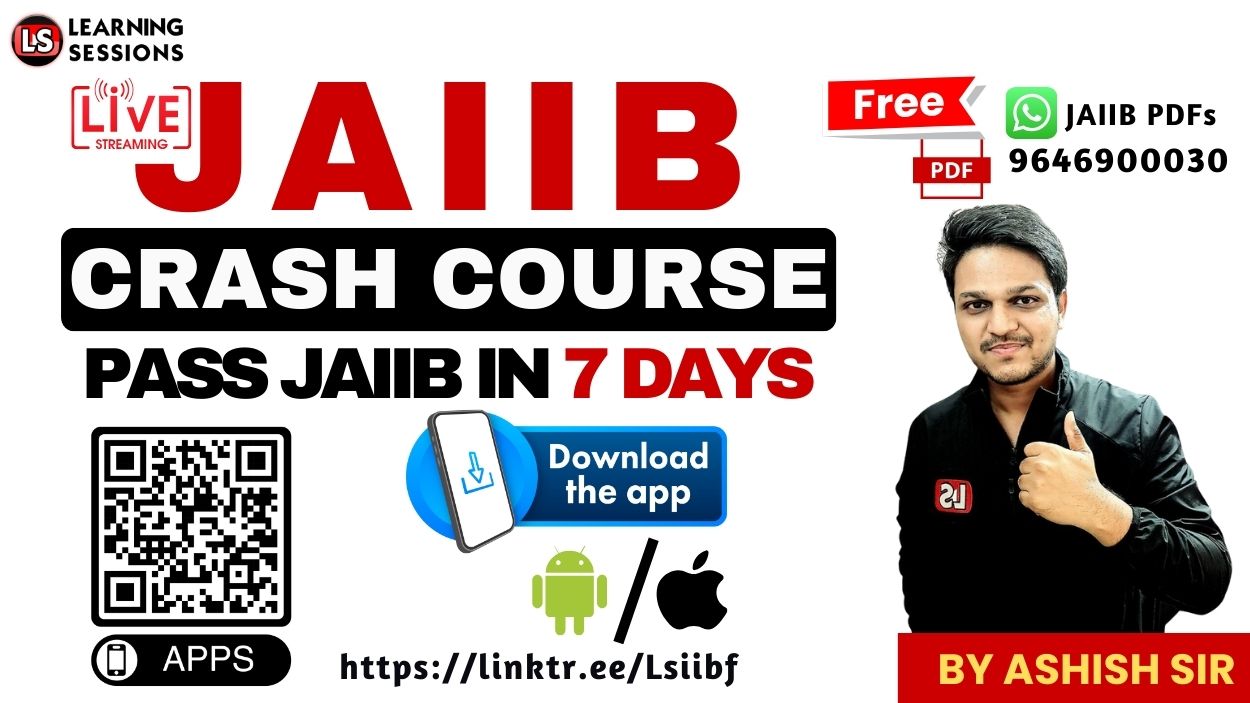Have you ever wondered why your trial balance doesn’t match up, even when your arithmetic seems spot on? It’s a common frustration for many accountants and banking professionals. The issue often lies in a range of errors that can go unnoticed until it’s time to close the books.
In this video, we’ll take a deep dive into the types of errors that can throw off your trial balance, including errors of omission, commission, and principles. We’ll also explore how to make adjusting and closing entries to rectify mistakes, with simple and clear examples that are easy to understand.
📚 JAIIB Study Resources 📚
👉 Check Here
👉 Check Here
👉 Check Here
👉 Get Tests Here
👉 Check Here
Whether you’re preparing for a banking exam or working in an accounting role, this video is tailored to help you master trial balance errors and adjusting entries. By the end, you’ll be equipped to handle any discrepancies that may arise in your books.
Don’t forget to watch the video for a complete breakdown and dive into the comments section with your thoughts or questions—we’d love to hear from you!
👉 “Before we dive in, watch this video for a complete breakdown:”
00:00:01 – Introduction to the Second Part of Trial Balance and Errors
In this section, we remind you that this is the second part of our video series on trial balance errors. If you haven’t seen the first part yet, it’s essential to watch it first to build a solid understanding. You can find the link in the description below.
00:00:29 – How to Stay Updated with JAIIB Resources
To get all the latest updates on JAIIB videos and PDF materials, don’t forget to subscribe to our channel and enable the bell notification. We offer comprehensive JAIIB preparation content in both Hindi-English and English-only versions, so choose what suits you best!
00:01:00 – Errors of Principle: What Are They?
Now, let’s move to a new category of errors—the errors of principle. These occur when there’s a fundamental misunderstanding or misapplication of accounting principles. For instance, wages paid for installing machinery should be included in the machinery’s cost, not debited to the wages account.
Example: If machinery installation costs are mistakenly debited to the wages account, it’s a violation of accounting principles, even though it won’t affect the trial balance agreement. These errors should be rectified to ensure proper financial reporting.
00:01:28 – Error of Commission Explained
This is another common error in accounting where the wrong amount or account is recorded. For example, goods sold to Mr. X for Rs. 10,000 might have been recorded as Rs. 6,000. This error of commission can be fixed by passing the rectification entry for the shortfall (Rs. 4,000 in this case).
00:02:00 – Correcting Errors in Amounts: Example of Goods Sold
Example 1: If goods were sold to Mr. X for Rs. 10,000 but mistakenly recorded as Rs. 15,000, the sales account would show an inflated value. To fix this, a debit entry of Rs. 5,000 should be made in the sales account and a corresponding credit entry in Mr. X’s account.
Example 2: For goods sold to Mr. X, if Rs. 10,000 worth of goods were mistakenly recorded in the purchase account, the error needs to be rectified by reversing the purchase account and transferring the value to the sales account.
00:03:39 – Rectification Entry for Commission Errors
We also cover how to make the correct entries when a commission error occurs, like when an amount is posted to the wrong side or wrong account. In cases of commission errors, proper documentation ensures the rectification entries are passed correctly, ultimately aligning the accounts.
00:04:50 – Errors of Omission and Their Impact
The error of omission involves missing entries that were supposed to be recorded. For example, if goods sold to Mr. X for Rs. 10,000 weren’t recorded, the omission error should be rectified by posting the sales and Mr. X’s account entries.
00:05:30 – Compensating Errors
Compensating errors occur when one mistake cancels out the other. These won’t impact the trial balance because the incorrect entries balance each other out, but the errors still need correction for accurate financial reporting.
00:06:00 – Correcting Under- and Over-Recorded Entries
In the case of under-recorded or over-recorded amounts, like a purchase recorded as Rs. 15,000 instead of Rs. 20,000, a rectification entry should be passed to correct the discrepancy. This is necessary to reflect the accurate transaction amount in both accounts.
00:10:20 – When to Use Suspense Account
The suspense account comes into play when there’s a discrepancy in the trial balance, but the error can’t be located immediately. Instead of leaving the trial balance unmatched, a temporary entry is made in the suspense account, which will later be rectified once the error is identified.
00:15:12 – What Types of Errors Don’t Impact the Trial Balance?
Not all errors affect the trial balance. Errors of omission, commission, and principle often do not affect the arithmetic accuracy of the trial balance, but they still need to be addressed for accurate financial statements.
[FREE EPDF] JAIIB Advance Financial Management English | Trail Balance Part 1
Conclusion
In today’s session, we covered the essential aspects of trial balance errors, including how to identify and rectify errors of principle, commission, omission, and compensating errors. We also discussed the importance of adjusting and closing entries and how they help you close the books at the end of the financial year.
The key takeaway? Always ensure your trial balance is accurate and remember the golden rules of accounting to prevent these errors from occurring. By correcting these errors as you go, you’ll avoid major discrepancies when preparing your final accounts.
If you found this content helpful, drop a comment below with your thoughts or any questions you might have! Don’t forget to subscribe and stay updated for more insightful content to aid your learning.
👉 Call to Action: Subscribe to our channel, hit the bell icon for notifications, and explore more related content to further enhance your knowledge!
Download PDF:
For easy reference, we’ve prepared a downloadable PDF summarizing all the key points covered in this video. Simply click below to get your copy and review the material anytime you need!







